This is a good article on movies that started a trend but it also talks about how other movies had also done that before.
1. Jaws (1975)
Conventional wisdom dictates that the Hollywood renaissance of the late ’60s and ’70s, when auteurs like Francis Ford Coppola, Robert Altman, and Martin Scorsese enjoyed unprecedented freedom, ended in 1980, when the indulgences of Michael Cimino’s Heaven’s Gate crippled a studio and the inmates were no longer running the asylum. But those portents were clear in the middle of the decade, too, when Steven Spielberg’s Jaws became a movie-going event and gave birth to the modern blockbuster. In the 37 years since its release, Jaws had consistently inspired direct knock-offs, a few of them inspired—like Joe Dante’s Piranha or even Deep Blue Sea—but countless others that fall woefully short of Spielberg’s gold standard: Tentacles, Orca, The Deep, Lake Placid, Anaconda, several Syfy movies. But Jaws is responsible for broader trends as well: Released on June 20, 1975, it heralded an age when the summer was a time for spectacle, and no movie has done it better since.
2. When Harry Met Sally… (1989)
Written by the late Nora Ephron and directed by Rob Reiner, When Harry Met Sally… owes a royalty check to Woody Allen’s Annie Hall, from which it borrowed a particular strain of upper-middle-class New York romanticism and a female lead who is, in the words of Meg Ryan’s character, an adorable “flibbertigibbet.” But for all its abundant charms, When Harry Met Sally… established what became a new template for the romantic comedy. Where the classics of the genre—think Tracy-Hepburn or The Awful Truth—were about the war between the sexes, with each gender wielding a formidable comic arsenal, When Harry Met Sally… cast a comedian, Billy Crystal, in the male lead and put his counterpart in the more passive role of reacting to an ongoing stand-up bit, delivered by a well-meaning but fitfully immature future mate. It also introduced, in Ryan’s famed “fake orgasm” scene, the idea of livening up the rom-com with an outrageous comic setpiece. Is there much of a difference between orgasm scene here and the vibrating briefs worn by Katherine Heigl in The Ugly Truth? Other than the latter being excruciatingly unfunny, no.
3. Pulp Fiction (1994)
Quentin Tarantino’s breakthrough film led to a lot of filmmakers attempting to recreate its success by borrowing its easiest-to-imitate elements—pop-culture-referencing dialogue, characters with a cooler-than-cool attitude, ironically employed pop songs, jarring bursts of violence, underemployed movie stars of yesteryear, and Mexican standoff after Mexican standoff—without really understanding what made the parts work together. Some, like Go and Lock, Stock, And Two Smoking Barrels, breathed enough life into secondhand Tarantino-isms to find audiences of their own. Most visited theaters briefly, if at all, before lining video-store shelves while keeping actors like Eric Roberts and a pre-comeback Kiefer Sutherland employed in the years before the even easier-to-imitate Blair Witch Project came along.
4. The Blair Witch Project (1999)
Films featuring supposed “found footage” have been around since the 1980 Italian gore-machine Cannibal Holocaust, but it took the giddy “Is it real or isn’t it?” hoopla surrounding 1999’s The Blair Witch Project to transform a simple gimmick into a bloated, shaky-cam beast that lumbers on to this day. The problem with many of Blair Witch’s pale imitators isn’t their appropriation of the original film’s lo-fi aesthetics or its now-tiresome off-screen scares. It’s that most found-footage films have no business being found-footage films in the first place. The technique simply gets in the way of an average zombie flick in George Romero’s Diary Of The Dead, and it’s used as mere window dressing to gussy up yet another “regular dudes gaining superpowers” origin story in Chronicle. (The less said about Apollo 18, the better.) It’s too bad, because it’s easy to forget just how wickedly clever Blair Witch really is. Beyond the found-footage hook and a pioneering, Internet-assisted viral marketing campaign, writer-directors Daniel Myrick and Eduardo Sánchez incorporated the gimmick into the film’s very creation, sending stars Heather Donahue, Joshua Leonard, and Michael C. Williams into the woods with nothing more than a series of sketchy clues, some handheld cameras, and their wits. Only a few films have properly picked up where The Blair Witch Project left off: The J.J. Abrams-produced Cloverfield smartly incorporated the found-footage conventions into a post-9/11, cell-phone-dominated world; and 2007’s Paranormal Activity scored plenty of legit scares playing off of primal home-invasion fears.
5. Jurassic Park (1993)
CGI began taking over movies before Jurassic Park—Terminator 2: Judgment Day, Robocop 2—but after Steven Spielberg got his first look at a herd of photorealistic brachiosaurs, CGI creatures immediately became the dominant species. Like its transitional predecessors, Spielberg’s movie is actually a clever combination of computer fakery and old-fashioned puppetry, with Spielberg intending to use the animatronics of Stan Winston and “go motion” of Phil Tippett to create a world of believable living things merely touched up with computer animation. But once Spielberg was shown the possibilities of CGI, Jurassic Park became a meta-textual commentary about the dawn of a new era in movies, in which stop-motion animators suddenly found themselves as useless as Sam Neill’s paleontologist. After telling Tippett about the shift—resulting in Tippett’s famous “I’ve just become extinct” retort that found its way into the film, in slightly altered form—Spielberg made Jurassic Park an epochal turning point that his friend George Lucas compared to the invention of the light bulb, declaring that nothing would ever be the same again. As Lucas’ own Star Wars prequels eventually revealed, he was right: Filmmakers began forgoing the tactile, tangible creations that gave big-event movies grounding and heart, and blockbusters evolved into CGI spectacle as its own means to an end. The aftermath of the Jurassic period is a new, hollow age where giant robots smash through skyscrapers, but audiences no longer feel it.
6. Harold And Maude (1971)
Hal Ashby’s Harold And Maude is about the relationship between a morose, death-obsessed 19-year-old who’s into faking suicide (Bud Cort) and a spirited 79-year-old woman who resides in a converted boxcar and lives every day as if it’s her last (Ruth Gordon). In 1971, a premise like that must have seemed audacious and original, but in the Sundance era, when filmmakers are interested in delivering quirk on the cheap, it’s a dime a dozen. Harold And Maude’s influence has been welcome in certain cases—Wes Anderson, for one, would not be the same without it—but its legacy of willful eccentricity has brought out the worst in hits like Garden State and Little Miss Sunshine and a steady supply of high-concept quirk-fests. The use of Cat Stevens on the soundtrack, too, may owe something to The Graduate, but many an indie (and mainstream films like About A Boy) now lean on tender folk songs to carry the day.
7. Roger & Me (1989)
Michael Moore wasn’t the first documentary filmmaker to put himself in front of the camera, but 1989’s Roger & Me proved so funny and effective—not to mention a financial breakthrough for the genre—that he inspired many future Michael Moores to make themselves part of the story. In the years since, Moore’s regular-guy pose and guerrilla tactics have become familiar in subsequent efforts like Bowling For Columbine and Fahrenheit 9/11, but at the time, Roger & Me proved that documentaries could inform and entertain, and having a crusading populist armed with a camera and a microphone gave audiences a righteous surrogate. But the first-person documentary opens up the possibility for charlatans and narcissists to make themselves the real story. Moore imitators like Nick Broomfield (Kurt & Courtney), with his faux-naïve persona, and Morgan Spurlock (Super Size Me, Mansome), with his weakness for gimmickry, can distract from their own muckraking.
8. Star Wars (1977)
One of the least-remembered great quotes in Hollywood history is George Lucas’ prediction that his little space adventure would gross $16 million; he said, “This is a Disney movie. All Disney movies make $16 million.” He was right about his target audience, but underestimated how feverishly they would take to it. Unlike Jaws, the other movie that usually gets the credit/blame for ushering in the blockbuster era and silencing the more daring and quirkier voice of personal American filmmaking in the ’70s, Star Wars wasn’t conceived from the top down to be a commercial juggernaut. It became one anyway, largely because of a new phenomenon that caught the studio bean-counters off guard: Many younger fans loved the experience so much that, in the last days of the pre-VCR era, they went back to the theater to see it again and again. And just as Jaws led to the studios rethinking how movies were packaged and marketed, Star Wars led to a rethinking of the audience. Five years before Star Wars came out, The Godfather became the highest-grossing movie of all time, but just a few years after, Hollywood was so geared to producing high-profile family pictures that might attract the all-important young repeat viewers that an adult-oriented, R-rated big movie like The Godfather was far less likely to be made at all.
9. National Lampoon’s Animal House (1978)
In the early ’70s, National Lampoon was a watering hole for several of the smartest, most ruthless satirical minds of their generation, including Doug Kenney, the troubled comic genius who was one of the co-founders of the magazine. Kenney, along with Chris Miller and Harold Ramis, worked on the script for the first Lampoon movie, which was set in 1962 and based on their own experiences of college life. As conceived by the screenwriters, the slobs-vs.-snobs humor in Animal House was meant to have a counterculture political base: The wild-man behavior of the Deltas presaged the political and cultural anarchy of the post-Kennedy ’60s, while the straight-arrow campus leaders and John Vernon’s snarling Dean Wormer represented the people who gave us Vietnam and Watergate. But the movie’s box-office success only led to an unholy flood of brainless teen gross-out comedies, some of which licensed the Lampoon name for commercial use. Adding insult to injury, the National Lampoon brand became so tarred by association with what it had spawned that, years after the magazine itself had been laid to rest, writers who’d done their best work for it in its great days were omitting it from their résumés.
10. The Exorcist (1973)
The Exorcist was hardly the first film to mix religious themes and horror; Roman Polanski’s Rosemary’s Baby had Mia Farrow struggling against the Devil and his plots five years earlier, to great critical and financial success. But William Friedkin’s big-screen adaptation of William Peter Blatty’s bestselling novel had an even greater cultural impact. Rosemary’s Baby approached its premise—a housewife gets knocked up with the Antichrist—with an arch tone, but The Exorcist is grim nearly to the point of despair, its success driven by Friedkin’s savvy mixture of Catholic portent and blatant exploitation. The former provided the latter the respectability needed to reach a wide audience, and it’s that which serves as the movie’s biggest ongoing cinematic influence. The Exorcist inspired the usual knock-offs (including the 1974 blaxploitation version, Abby), but its true legacy can be found in 1976’s The Omen. Instead of curse words and crucifix self-abuse, Richard Donner’s movie has an Antichrist in short-pants, evil nannies, and malefic attack dogs, but it retains The Exorcist’s stolid seriousness. Where Friedkin’s movie benefited from the director’s brutal directness and textured character work, The Omen is, at best, a goofy thrill-ride, and the knock-offs would only get worse. In 1979, The Amityville Horror attempted to cash in on its “based on a true story” origins while still making time for vomiting priests. Millennial fears led to the one-two punch of End Of Days and Stigmata (both 1999), and these days, hardly a year goes by without a Case 39 or The Last Exorcism or The Rite or The Devil Inside or The Unborn, each one striving and failing to hit that same perfect mark of po-faced pomposity and pea soup.


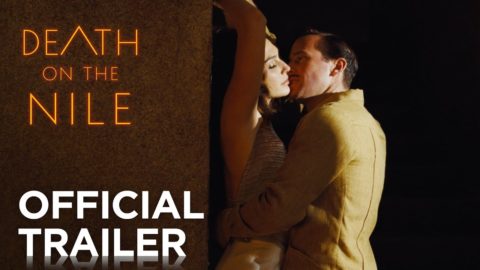
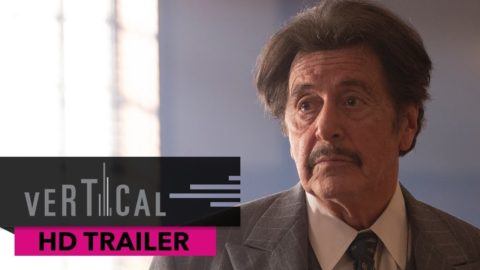
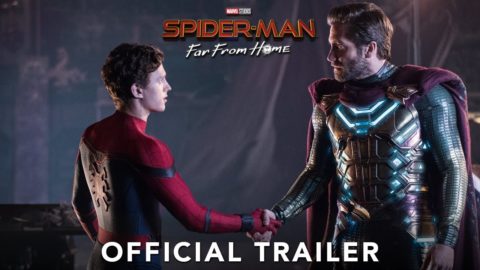
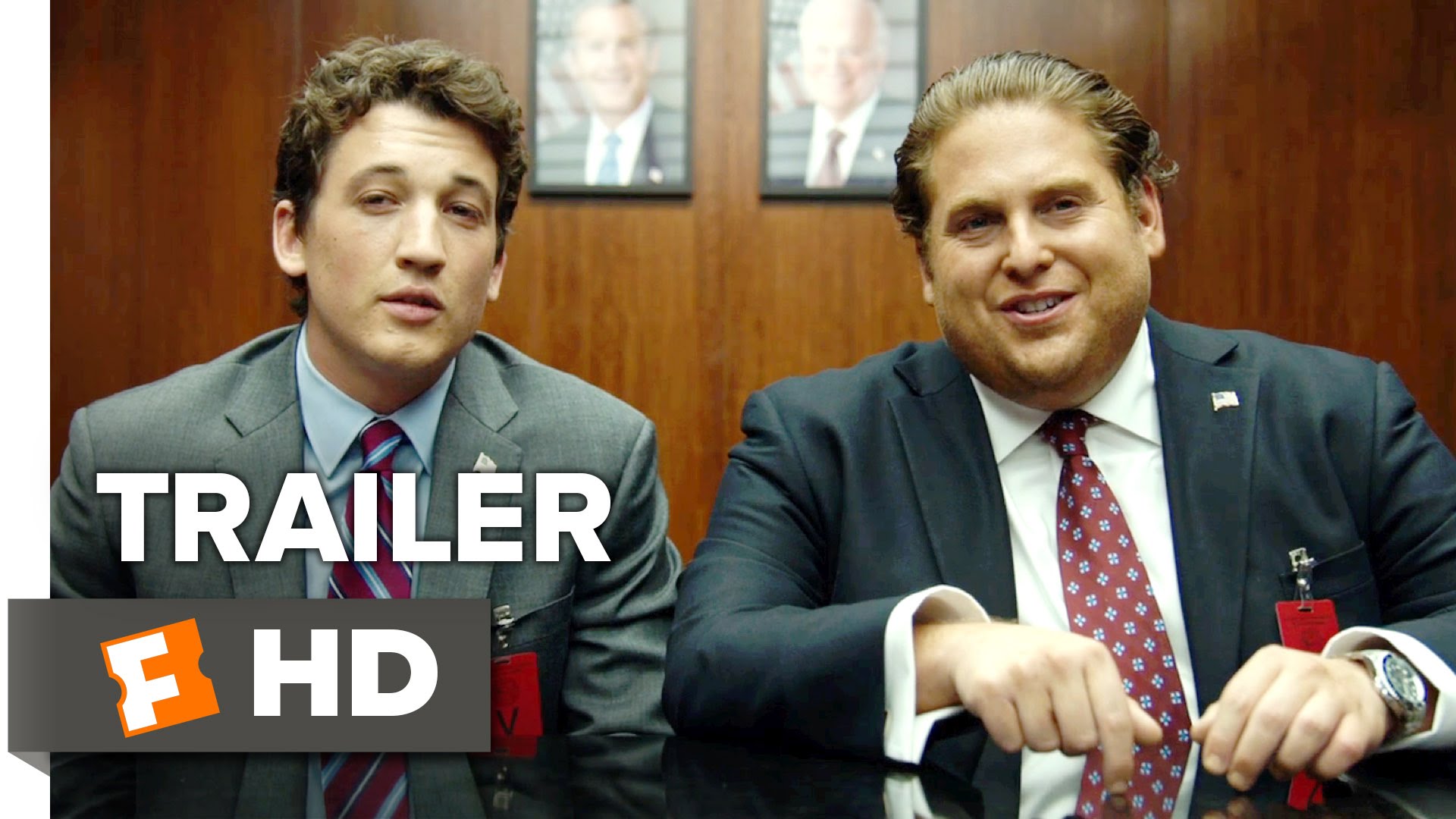



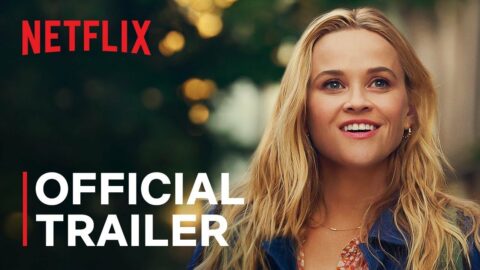
IT HAPPENED ONE NIGHT should be first in this list… inspiration for probably every rom com ever done anywhere.
Thanks a lot for joining.
How you been. Agree with you on It Happened One Night.
These are all interesting films to watch.